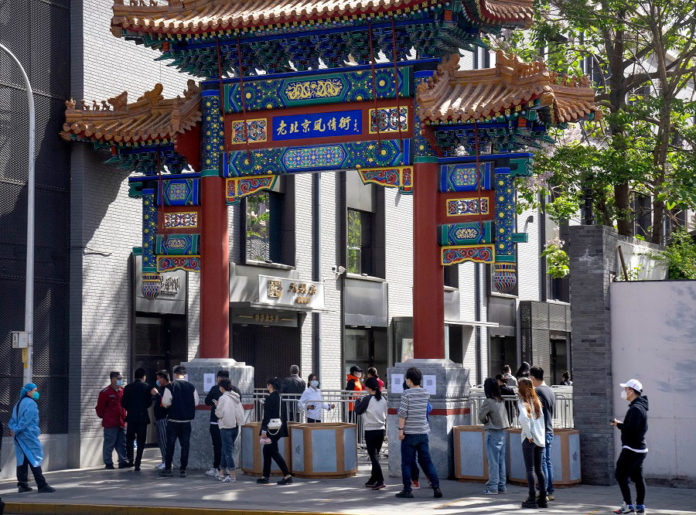
The Chinese government adopted a “Zero-COVID” policy which includes a set of strict measures, such as stay at home orders, transfer of infected persons and their close contacts to quarantine centers, together with mass testing and contact tracing, restricting drastically traffic into and within the lockdown cities. The head of China’s National Health Commission Ma Xiaowei, quoted in The New York Times (04/20/22), explained: “our country has a big population, regional development is uneven, and medical resources are generally inadequate.”
Based on the low numbers of deaths and infections and in contrast to policies implemented in other parts of the world, the “Zero-COVID” policy was working, until the arrival of the Omicron variant to major cities. Starting in March, the number of infections has increased in the city of Shanghai, the 26 million inhabitants economic and financial center of a region that contributes one fifth to national production.
Since April 1, according to The Wall Street Journal (04/23-24/22), Shanghai has been under strict lockdown to confront an increase in new infections, from the daily peak of 28,000 on April 13, decreasing to 17,500 on April 21 and only 39 deaths since March 1.
Judged by these numbers, the drastic lockdown of this major urban center has succeeded in containing the spread of the virus. However, the impact of the lockdown on the economy has yet to be estimated, with the virus spreading to other cities, such as Beijing and 20 other urban centers, while China’s economic growth is trending down. The International Monetary Fund revised downward to 4.4 percent the latest projection of China’s growth for 2022.





















